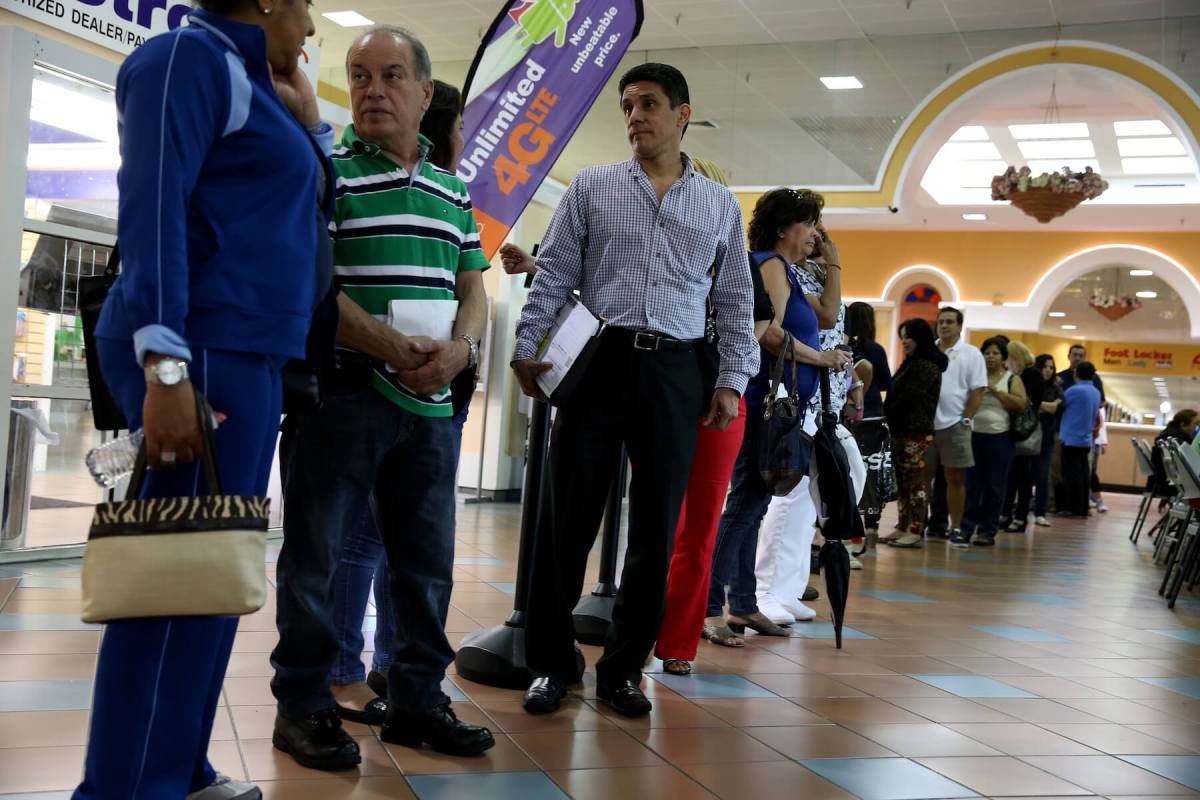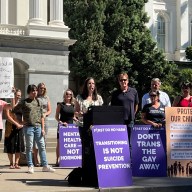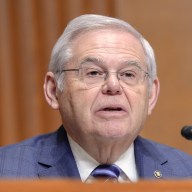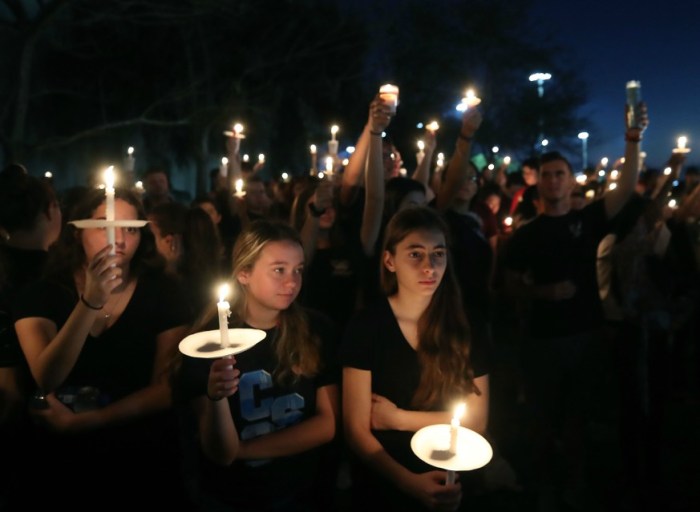Last year’s rollout of the Affordable Care Act’s health insurance mandate was, generously put, not without its flaws. But as open enrollment through the insurance exchanges resumes Saturday through Feb. 15, the process of finding affordable coverage likely won’t be as glitch-prone, given that there won’t be a similarly massive influx of sign-ups. Still, experts aren’t sure what to expect from the next round of applications.
“We can’t predict what will happen this year, or whether open enrollment will be an annual occurrence, but 3.7 million Americans enrolled for insurance through the ACA marketplace over the past year,” says Shane Power, president of Watertree Health, a network of over 200 representatives working to improve access to health care. Power sees good health care as a three-part system, with insurance companies, doctors, pharmacists and the insured person all having a role. “The cycle of health care starts with the provider and going to see a doctor, then there’s prescription medication access and then there’s personal upgrades an individual can make to their lifestyle. “The good news is that better education and health care awareness by many organizations is leading to people being healthier.”
The millions of newly insured Americans have already affected the health care system, Power says: “We do know that sign-up resulted in an increase in the amount of people who went to see a doctor. That’s good news. “But what’s interesting is that many of those people are not necessarily filling their prescriptions. One in four prescriptions written are not being filled.”
Power couldn’t speculate on the reasons for this gap, but notes that the cost of medications also remains a serious hurdle for many people. “While the good news is that the amount of patient care is greater and more people are seeing doctors, the lack of prescription filling might be due to prohibitive costs,” he says. “The amount of subsidy can change so quickly; one week a medication might be federally subsidized and the next it won’t, and the cost goes up exponentially, leaving patients unable to afford their medications.” Need help? Talk to a health care navigator 24-7 at 1-800-318-2596 or in person by finding one at Localhelp.HealthCare.gov.
Obamacare one year on: We’re healthier, but there’s more to do

Getty Images

















